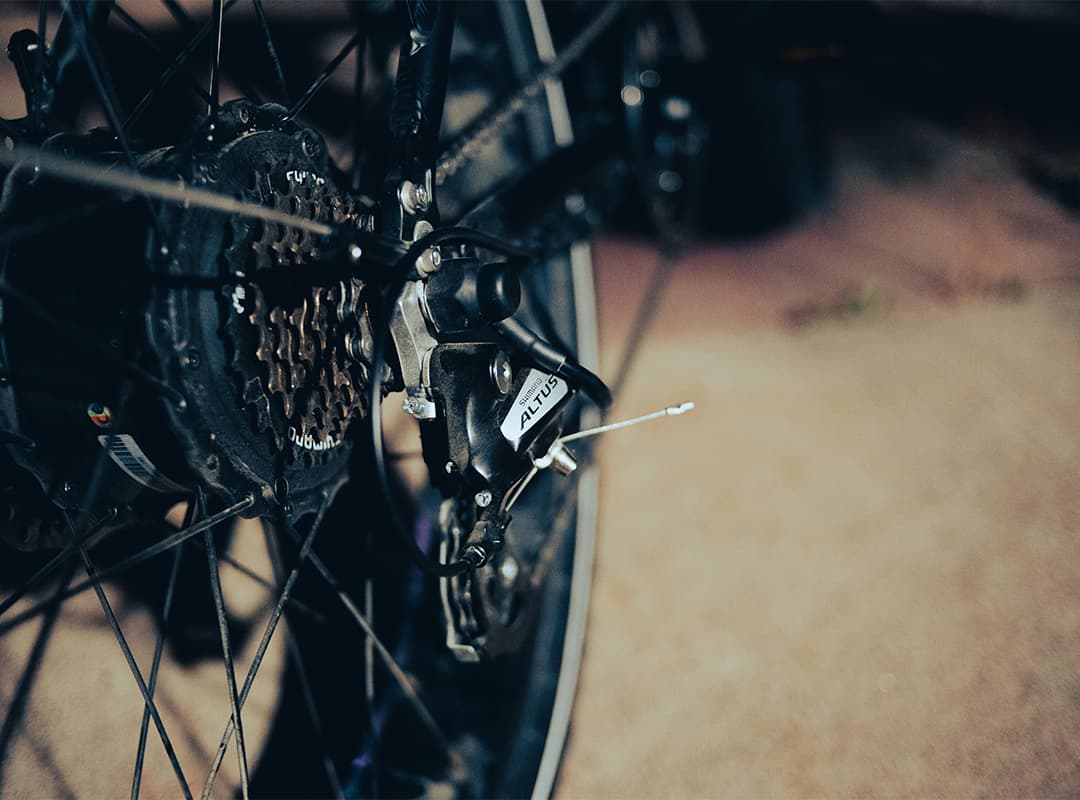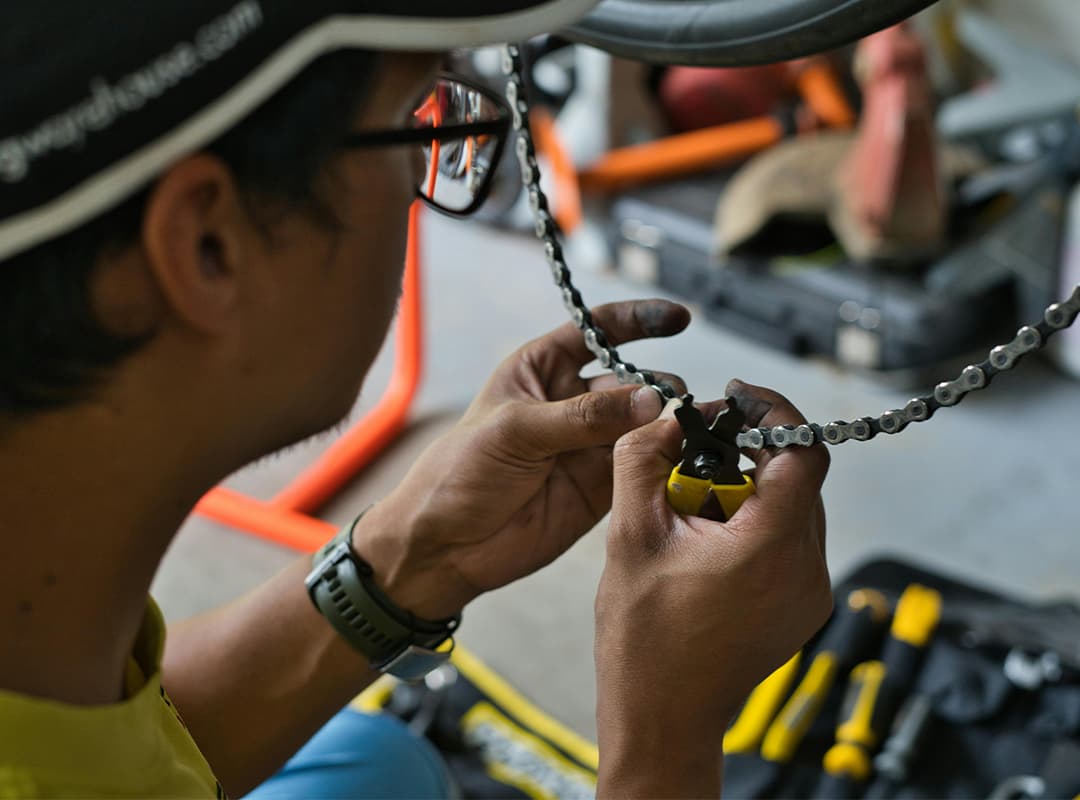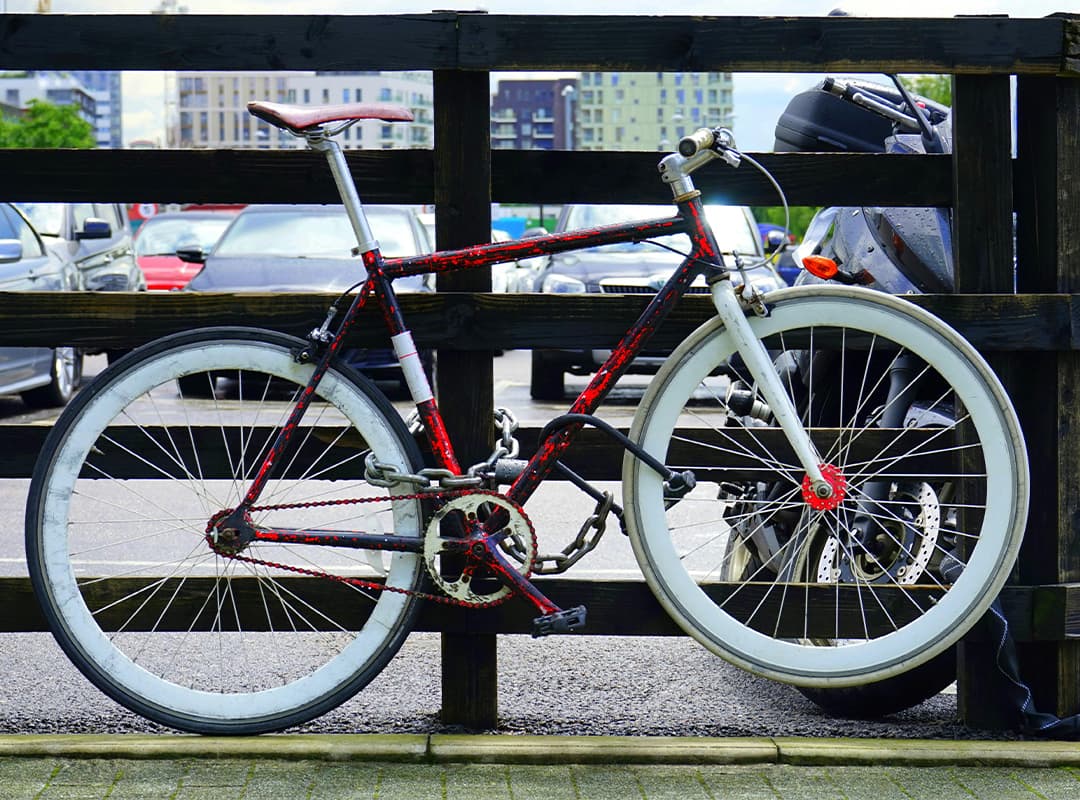Becoming a master bicycle assembler is an exciting journey filled with hands-on skills, technical knowledge, and an appreciation for the art of cycling. Whether you’re aiming to build custom bikes for yourself, friends, or a wider audience, honing your assembly skills can lead to a rewarding and fulfilling experience. In this guide, we’ll outline the essential steps you can take to elevate your bicycle assembly expertise, focusing on everything from the basics to advanced techniques.
1. Understand the Basics of Bicycle Components
Before diving into the intricacies of assembly, it’s crucial to familiarize yourself with the fundamental components of a bicycle. A well-assembled bike consists of several key parts, including:
- Frame: The core structure, which comes in various sizes (e.g., 50cm to in) and materials (aluminum, carbon fiber, steel).
- Wheels: Comprising the rims, hubs, spokes, and tires, wheels are critical for performance and handling.
- Drivetrain: This includes the chain, crankset, derailleur, and shifters, which work together to propel the bike forward.
- Brakes: Understanding both rim and disc brakes, their installation, and maintenance is essential for safety.
- Handlebars and Saddle: These components directly impact comfort and control, making proper adjustment and fitting vital.
Familiarizing yourself with these parts will not only enhance your knowledge but also build a solid foundation for further learning.
2. Invest in Quality Tools
Having the right tools is essential for any bike assembly process. Investing in high-quality tools will make your work easier and more efficient. Some must-have tools include:
- Torque Wrench: To ensure all bolts are tightened to the manufacturer’s specifications.
- Allen Keys: For various frame and component adjustments.
- Cable Cutters: Specifically designed for cleanly cutting brake and gear cables.
- Chain Tool: To remove and install chains correctly.
- Tire Levers and Pump: For maintaining tire pressure and changing flats.
3. Learn from Resources and Experts
To accelerate your learning process, utilize various resources available for budding bicycle assemblers. Consider the following:
- Online Tutorials and Videos: Websites like YouTube offer countless instructional videos covering all aspects of bicycle assembly.
- Books and Manuals: Look for books dedicated to bicycle mechanics that cover everything from basic repairs to advanced assembly techniques.
- Workshops and Classes: Seek out local bike shops or community centers that offer hands-on workshops. Learning from experienced professionals can provide invaluable insights and tips.
4. Practice, Practice, Practice
The best way to master bicycle assembly is through practical experience. Start by assembling simple bikes and gradually progress to more complex builds. You can practice by:
- Building Personal Bikes: Take apart and reassemble your own bicycles, experimenting with different setups and configurations.
- Volunteering: Offer your services at local bike co-ops or charities that refurbish bikes for those in need.
- Working at a Bike Shop: Gaining professional experience in a bike shop will expose you to various brands, components, and assembly techniques.
5. Focus on Detail and Quality Control
As you become more comfortable with assembly, develop a keen eye for detail. Each aspect of a bike, from cable routing to brake alignment, plays a role in overall performance. Make it a habit to double-check your work for:
- Alignment: Ensure that wheels, brakes, and derailleurs are properly aligned.
- Tension: Check that cables and chains have the correct tension for optimal performance.
- Cleanliness: A clean bike not only looks good but also performs better. Regularly clean components to prevent dirt buildup and wear.
6. Stay Updated on Trends and Technologies
The cycling industry is continually evolving, with new technologies and components being introduced regularly. Stay informed by:
- Following Cycling News: Subscribe to cycling magazines and websites that cover the latest developments in the industry.
- Attending Trade Shows and Expos: Events like Interbike or Eurobike showcase new products and innovations.
- Joining Cycling Communities: Engage with fellow enthusiasts through forums and social media groups, where you can share experiences and learn from each other.
7. Embrace Customization
Once you’ve mastered the basics of bicycle assembly, consider diving into customization. Building custom bikes allows you to express your creativity and cater to specific rider needs. Some customization options include:
- Frame Design: Experiment with different sizes (like 50cm to in) and geometries for unique riding experiences.
- Component Selection: Choose components based on performance, aesthetics, and rider preferences.
- Finishing Touches: Personalize bikes with custom paint jobs, decals, or accessories to reflect the rider’s style.
Becoming a master bicycle assembler is a journey that combines knowledge, skill, and passion. By understanding the fundamentals, investing in quality tools, learning from experts, and practicing regularly, you’ll be well on your way to creating high-quality, custom bicycles. Remember, just as each bike is unique, so too is your path in mastering the art of bicycle assembly. Embrace the process, enjoy the ride, and take pride in the craftsmanship you develop along the way!



